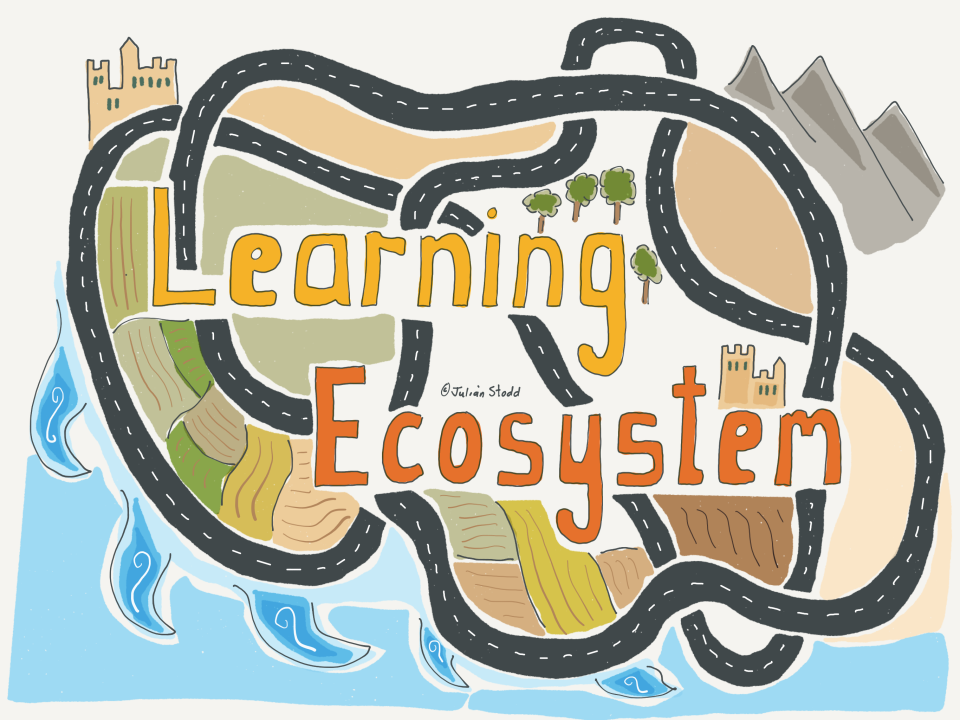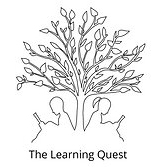Our plan seeks to catalyze Falls Church into a community where secondary students have equitable access to engaging, experiential, and effective learning opportunities. By creating and promoting interconnected learning hubs across the city, we aim to help students and residents alike benefit from each other’s experiences. This collaborative approach will foster a sense of community ownership and engagement, empowering students to take on leadership roles in addressing local issues while enhancing the overall educational experience in the city.
Through the development of shared competencies across the community, students will be able to gain hands-on learning experiences that build valuable skills such as critical thinking, problem-solving, and teamwork. These experiences will be co-designed by learners and the community, ensuring that they meet the needs of all involved while strengthening the city’s educational ecosystem. By fostering an environment where students are actively engaged in both their education and their community, we will contribute to the city’s long-term success as a leader in education, sustainability, and vibrant economic development.
We are following the Education Reimagined guidelines and exploring the experiences of youth in learner-centered educational environments.
This educational model is grounded in five key elements:
1. Learner Agency: Learners reported feeling empowered to make choices and set personal learning goals. They engage in activities that foster self-awareness, responsibility, and a proactive role in their education, with 72% reporting experiences of agency—19% above national benchmarks.
2. Socially-Embedded Learning: This aspect emphasizes community and relationship-building, creating a supportive network that values each learner’s individuality. Learners experience a strong sense of belonging, with 72% feeling socially embedded, 16% higher than the national average.
3. Personalized, Relevant, and Contextualized Learning: The report highlights the importance of connecting learning to students’ interests, backgrounds, and real-world contexts. In these environments, 70% of learners found their education personalized and relevant, exceeding national benchmarks by 23%.
4. Open-Walled Learning: This approach promotes learning beyond traditional classrooms through community involvement and real-world experiences. Sites integrate mentorships, internships, and community partnerships, with open-walled experiences rated 31% higher than benchmarks.
5. Competency-Based Learning: Emphasizing mastery over seat time, learners reported that they have opportunities for reflection, critical thinking, and skill-building. This element scored 16% above the national average.
Learner-centered environments foster positive experiences, greater student engagement, and alignment with the goals of holistic education.



